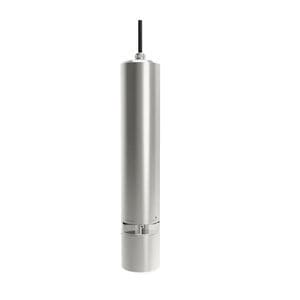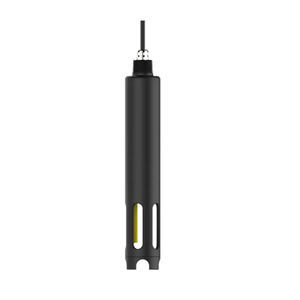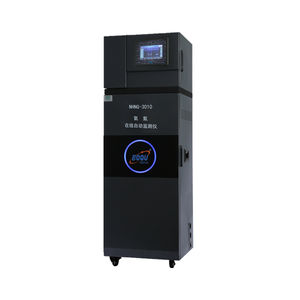
- Metrology - Laboratory
- Analytical Instrumentation
- Water analyzer
- Shanghai Boqu Instrument Co.,Ltd.
- Company
- Products
- Catalogs
- News & Trends
- Exhibitions
Water analyzer BH-485-Algaewastewaterunderground watermonitoring
Add to favorites
Compare this product
Characteristics
- Measured entity
- water, wastewater, underground water
- Application domain
- monitoring, for quality control, for environmental assessments
- Configuration
- in-line
- Mode of use
- automatic
- Technology
- optical
- Protection level
- waterproof, IP68
- Other characteristics
- continuous, real-time, digital, RS485, high-performance
Description
Blue-green algae (BGA), also known as cyanobacteria, can range in colors from blues, greens, reds, and black. Blue-green algae can reduce nitrogen and carbon in water, but can also deplete dissolved oxygen when overabundant. Monitoring Blue-green algae is important because they pose a serious threat to water quality, ecosystem stability, surface drinking water supplies, and public health through toxin production and the large biomass produced in algal blooms.
The Blue-green algae sensor utilizes the characteristic that Blue-green algae A has an absorption peak and an emission peak in the spectrum. When the spectral absorption peak of Blue-green algae A is emitted, monochromatic light is irradiated into the water, and Blue-green algae A in the water absorbs the energy of the monochromatic light, and is released. Another monochromatic light with a wavelength emission peak, the light intensity emitted by Blue-green algae A is proportional to the content of Blue-green algae A in water. The sensor is easy to install and use. Blue-green algae universal applications monitoring in water stations, surface waters, etc.
Available in two forms, one for detecting phycocyanin (fresh water), and one for detecting phycoerythrin (marine water)
Available with solid Secondary Standards to provide a quick and simple method to verify the sensor’s stability over time, and can be adjusted to correlate to a known Blue-Green Algae concentration
Three auto-selected gain ranges provide a wide measurement range of 100 to 2,000,000 cells/mL for either phycocyanin or phycoerythrin
Excellent turbidity rejection due to small sample volume design and high quality optical filters
Catalogs
No catalogs are available for this product.
See all of Shanghai Boqu Instrument Co.,Ltd.‘s catalogsOther Shanghai Boqu Instrument Co.,Ltd. products
COD&Ammonia&TP&TN&Heavy Metal/Chlorophyll/Blue-green Algae
Related Searches
- Gas analyser
- Concentration analyser
- Monitoring analyser
- Liquids analyser
- Automated analyzer
- Dust analyzer
- Process analyser
- Portable analyser
- Continuous analyser
- Integration analyser
- Water analyser
- Real-time analyser
- Digital analyser
- In-line analyser
- Calibration analyser
- Temperature analyser
- Sampling analyser
- Waterproof analyzer
- Analyser for the food industry
- RS485 analyser
*Prices are pre-tax. They exclude delivery charges and customs duties and do not include additional charges for installation or activation options. Prices are indicative only and may vary by country, with changes to the cost of raw materials and exchange rates.








